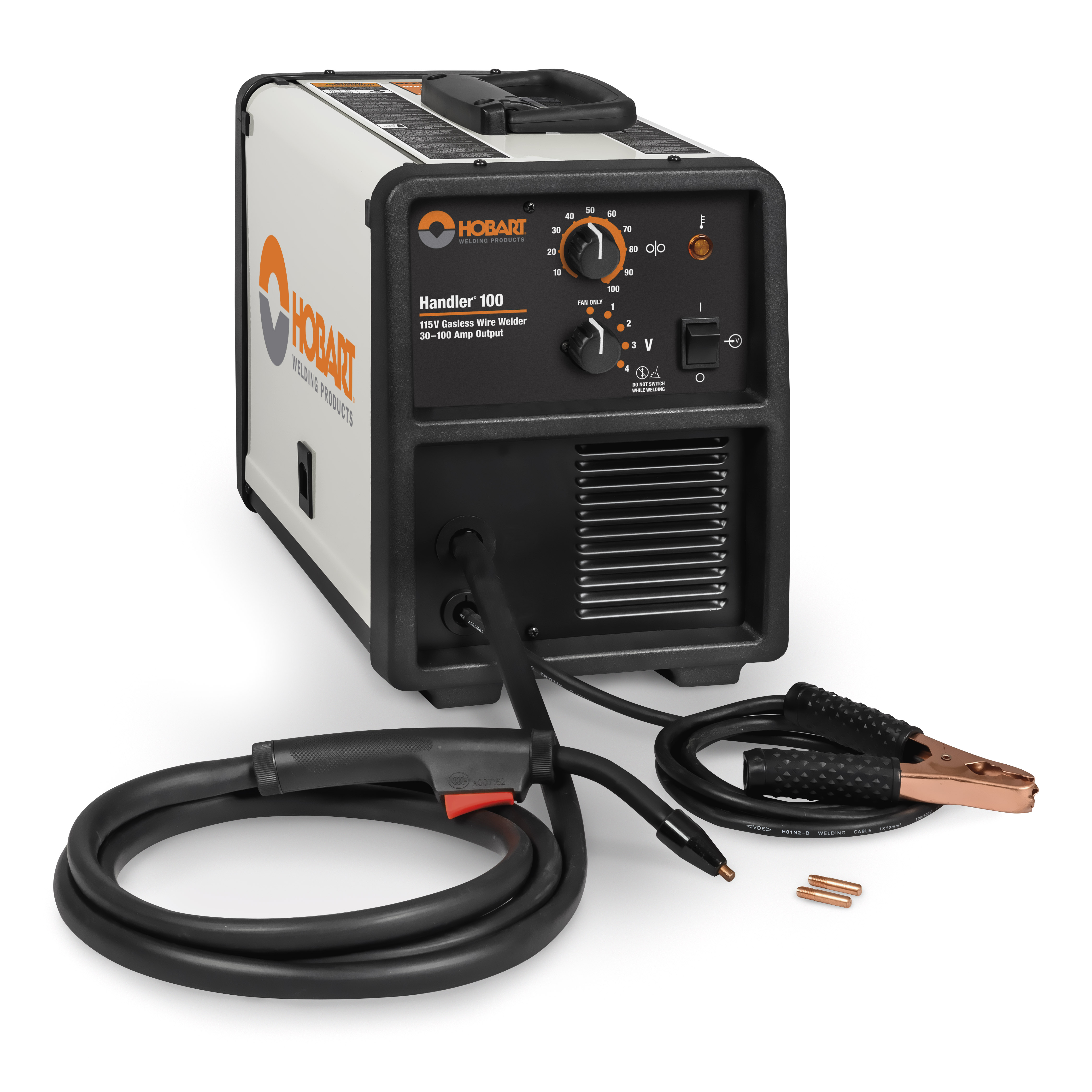

Meanwhile, you should also look after the work angle.

Increasing the travel angle over 20 degrees can cause more spatter with inconsistent arc, impacting the overall strength of the weld. Travel angle refers to the angle between the electrode axis and a line perpendicular to the weld axis. In addition, to successfully weld flux core, you will need a 10-15 degree travel angle. In addition, post-heating relieves the residual stress on the base metal, and you don't have to clean hard spatter. This is especially important for weld strength when welding thick metal, which is what flux core welding is designed for. These appear as marks on the surface caused by the high heat of the gases in the flux shielding.Įven though dragging is a slower technique, you ensure higher penetration and less spatter while post-heating the joint. In addition, high voltage and amperage can cause worm tracking. Instead of fusing, you will burn through your workpieces, and seeing holes in your weld is never a good thing or the property of a strong flux core weld. High voltage and wire feed speeds, combined with low travel speeds, can cause excessive penetration, leading to a burn-through. In addition, these can vary on the actual welding machine manufacturer. However, things can get tricky, as suitable voltage, amperage, and wire feed speed may vary on material thickness, wire diameter, position, or welding joint configuration. Welding parameters are one of the essential predispositions for the strong flux core weld. Short stickout will cause burnback, where wire burns your welding gun consumables, clogs them, and interferes with wire feed. For strong flux core welds, stickout should be twice longer compared to MIG welding, approximately 3/4 inch. Stickout is referred to welding wire that extends from the tip of the contact tube. Once you've mounted the wire and adjusted the tension, you will need to leave a stickout.

Low or high tension on welding wire can cause wire flattening, tangling, or birdnesing, which can impact your flux core weld's overall results and strength. Any good flux core welder, such as YesWelder MIG205 DS, will have a clearly marked tensioner as a part of a wire feed mechanism. Next, you will need to adjust the tension. You don't want to choose too high or lower than the required tensile strength wire. That's why you should check both typical tensile strength values on a data sheet and AWS classification for matching. The classification states the minimum tensile strength of the wire, e.g., 70.000 psi, but the filler metal manufacturer can meet or exceed it. To do so, you should always check the AWS flux core wire classification. Therefore, like with any welding process, you should match the strength of the flux core wire to the base metal. While penetration and amperage can somewhat be accredited for the weld strength, the vast majority of the physical characteristics rely on the flux core wires. While this can take some of your time, it is always better to clean the joint rather than rely on your flux-cored wire. Photo by easiest way to prevent porosity and slag inclusions in multiple passes is, you guessed it, to clean the weld joint with a wire brush or solvent prior to welding and chip the slag generated after the first pass. The porosity can interfere with the integrity of the weld, making it weaker, eventually developing the under bead cracking. In specific situations, porosity can occur inside the weld, which is even riskier since you cannot see it without weld testing. Once you start welding, the remaining oil, grease, paint, or dirt create tiny bubbles of nitrogen, hydrogen, or oxygen, referred to as porosity, that may appear on the surface of the weld. While these are often a solution in industrial applications, relying on flux core wire cannot replace proper weld joint cleaning and preparation. Flux-cored arc welding is considered a good option when working with dirty metal, as there are flux core or dual shielded flux-cored wires with de-oxidizers, similar to specific stick welding electrodes, that can quickly burn through any contaminants. Weld preparation is crucial regardless of the selected welding process, but things are a bit different with flux core welding.


 0 kommentar(er)
0 kommentar(er)
